This Art Was Made from JFK’s Cape Cod Home
The Hyannis Port house was the stuff of family legend. Now it’s the source of new art
Where did JFK live? “The White House” is the obvious answer, but the 35th president also relished private life on Cape Cod. Whether sailing on the Victura or relaxing at his white clapboard family home, he returned to the Cape again and again during his brief lifetime. Now, reports Bob Salsberg for the Associated Press, pieces of his home there now have a second life as works of art.
The pieces were salvaged from Kennedy’s home in Hyannis Port, Massachusetts, the bedrock of a compound that became a family sanctuary. Though the Kennedys owned a number of homes, Cape Cod was where they went to unwind. The main home, which was owned by his parents, was donated to Edward Kennedy’s institute for preservation and use as an educational center in 2012.
Pieces of the house were salvaged during a remodel, Salsberg reports, and given to local artists who were tasked with turning them into works of art. From nails to shingles to old wallpaper, they represent pieces of daily life that Kennedy would have been intimately familiar with.
The John F. Kennedy Hyannis Museum, which preserves JFK’s Cape Cod connection, enlisted 30 craftspeople and artists to create the pieces in celebration of the centennial of Kennedy’s birth. After being displayed around the Cape, they’ll be sold at an auction that benefits the museum foundation. (Absentee bidding is also available.) On the museum’s website, Kiki Kennedy—wife of Kennedy’s nephew, Edward Kennedy, Jr.—says that the artifacts will be used to help fund a renovation at the museum.
Portraits of Kennedy proliferated during his lifetime, and as Collectors Weekly notes, demand for his image only grew after his assassination. During his lifetime, his political decisions even inspired artwork of their own, as with Pablo Picasso’s series “Rape of the Sabines” (painted in response to the Cuban Missile Crisis) and Andy Warhol’s silkscreen version of the "Mona Lisa," which was painted in response to the international uproar that surrounded the painting’s Kennedy-organized trip to the United States.
What would Kennedy himself think of art created from his family’s castoffs? Given his hunt for privacy, he likely would be weirded out by the concept. But on the other hand, the president was a noted art lover. “Above all,” he wrote in 1962, “we are coming to understand that the arts incarnate the creativity of a free society.”
/https://tf-cmsv2-smithsonianmag-media.s3.amazonaws.com/accounts/headshot/erin.png)
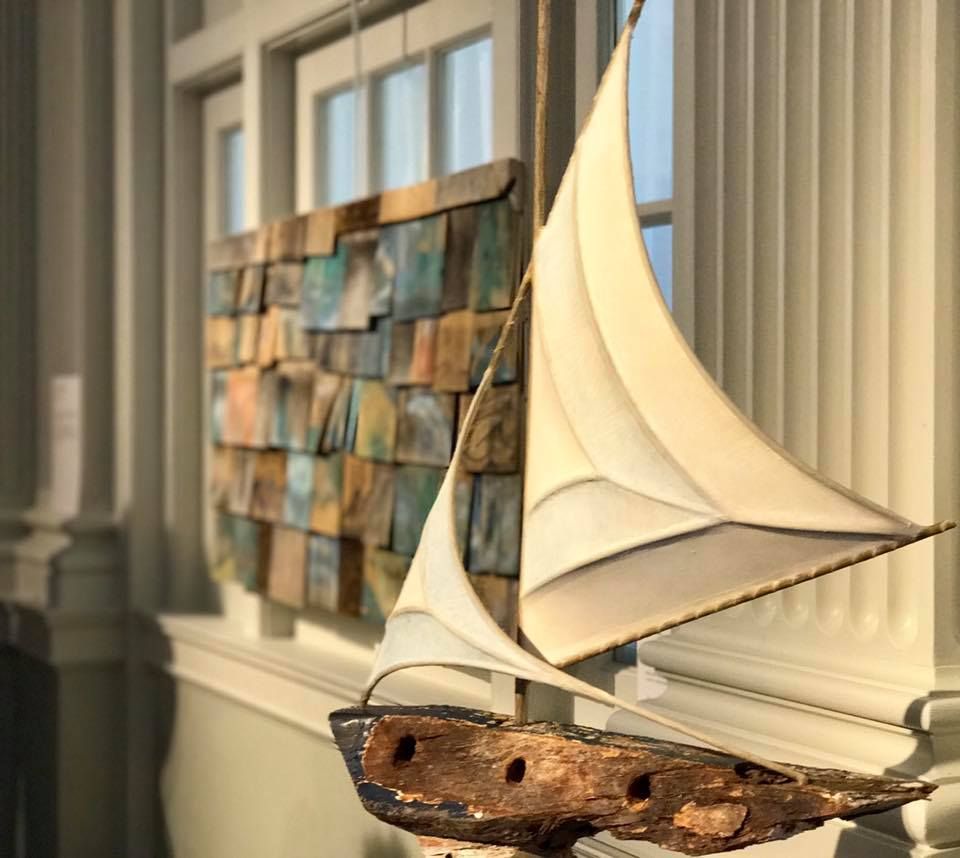
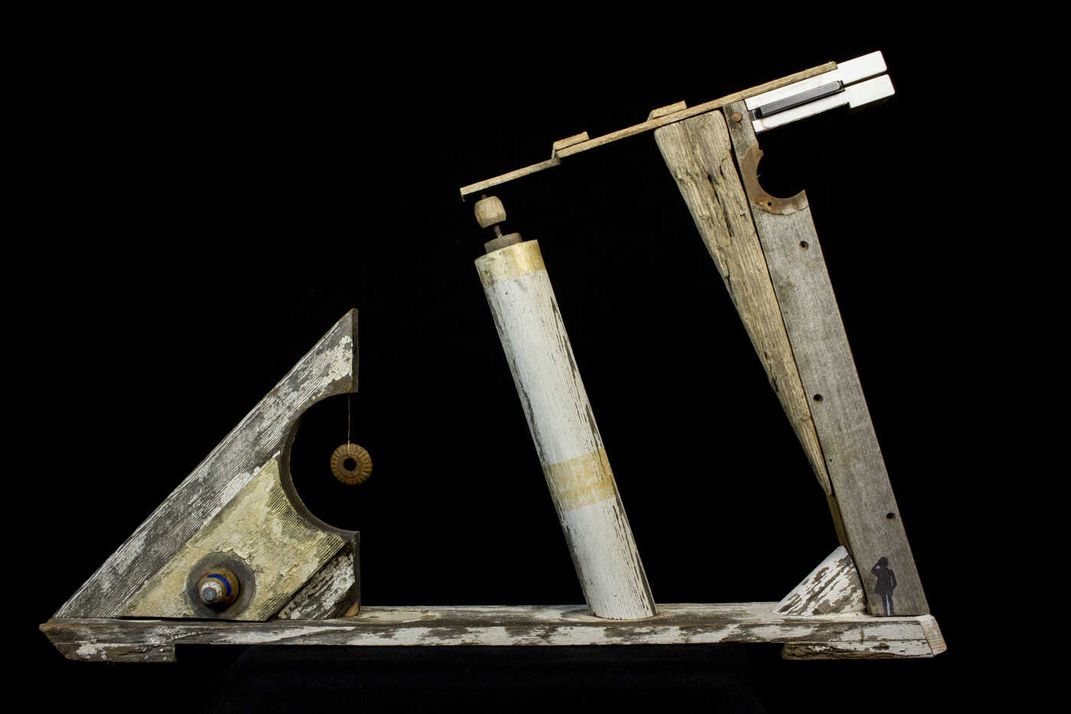
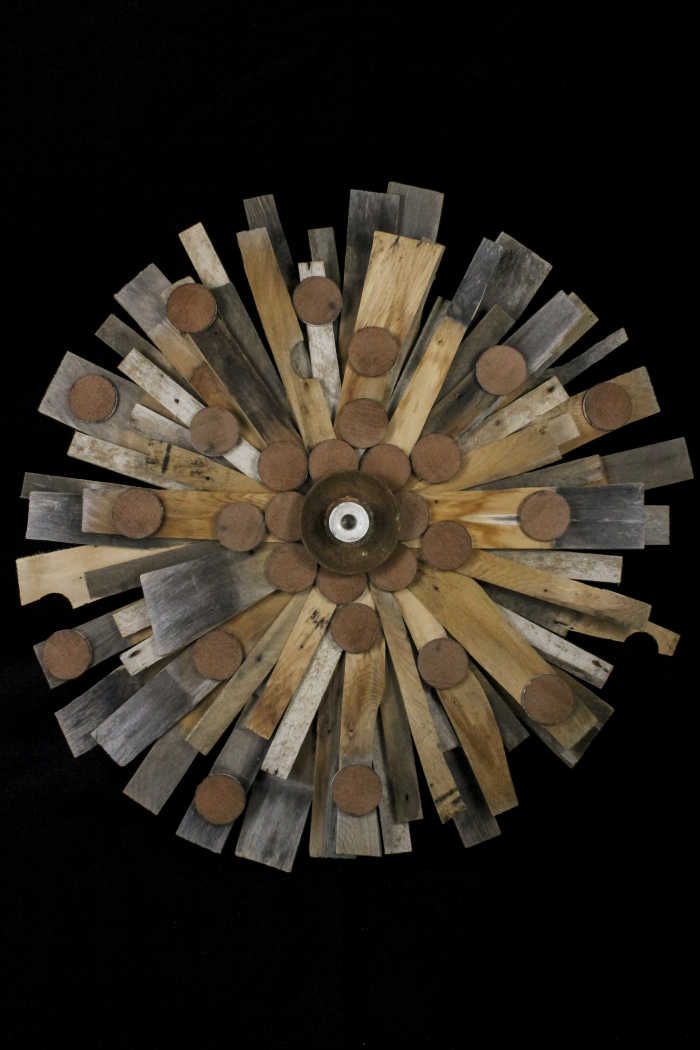
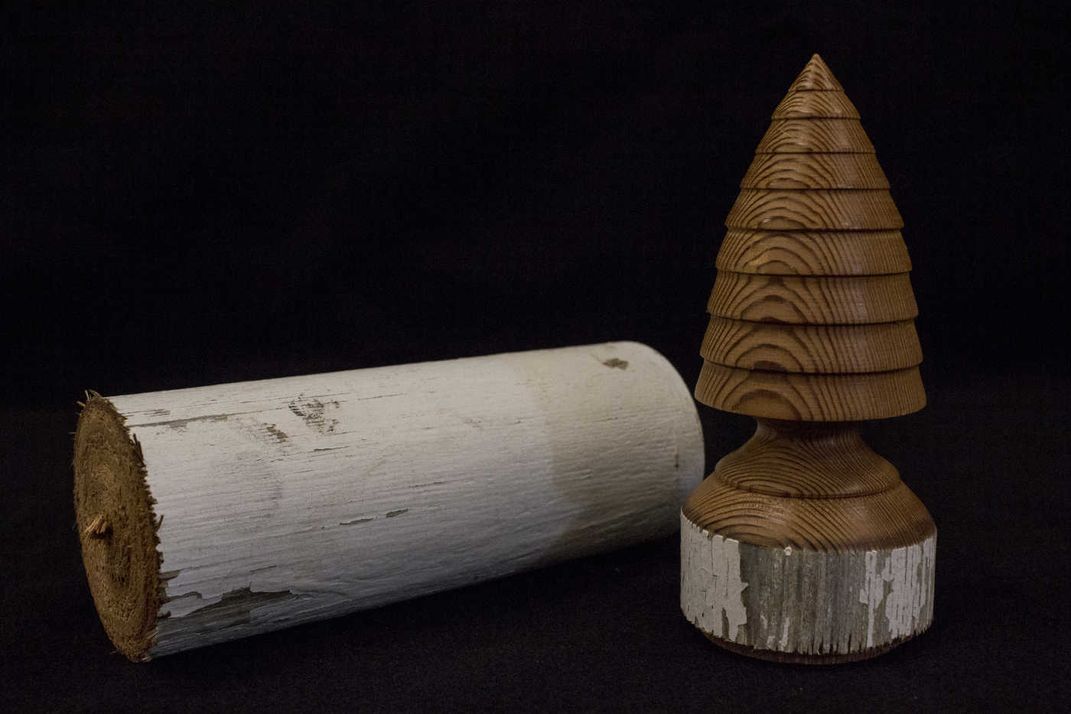
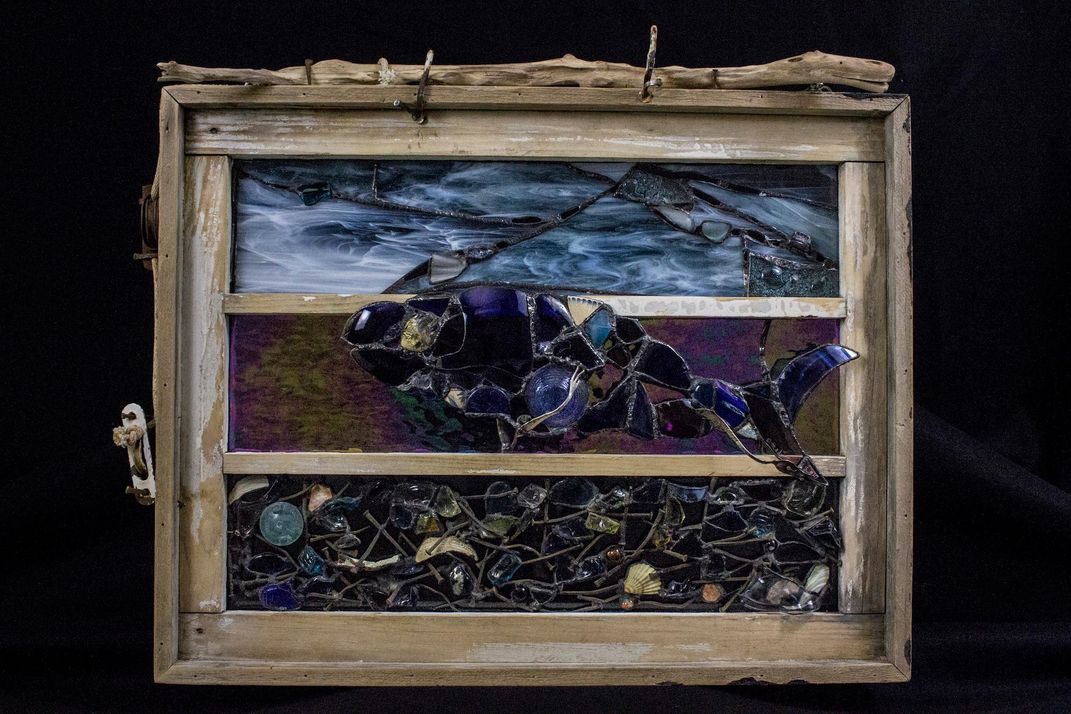
/https://tf-cmsv2-smithsonianmag-media.s3.amazonaws.com/accounts/headshot/erin.png)